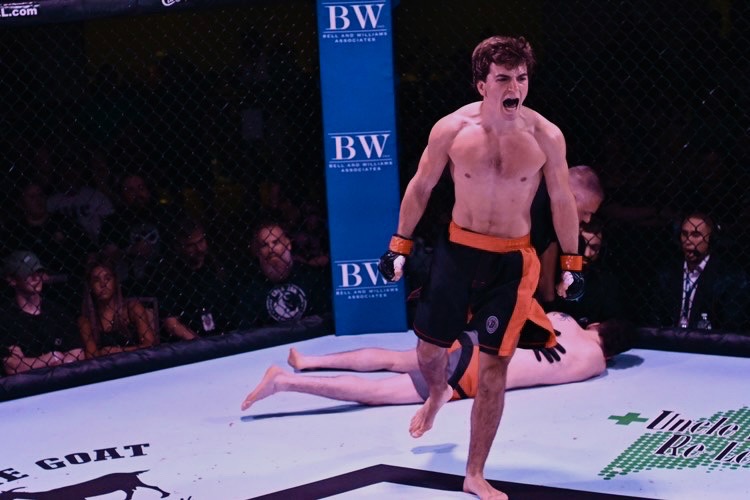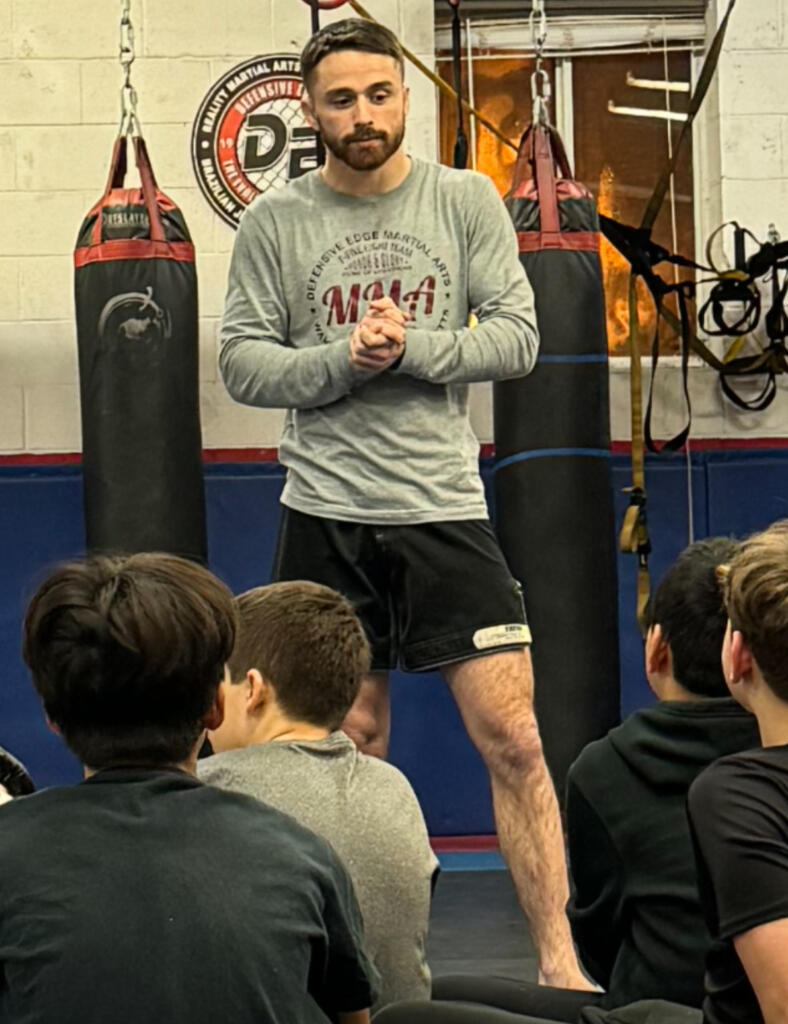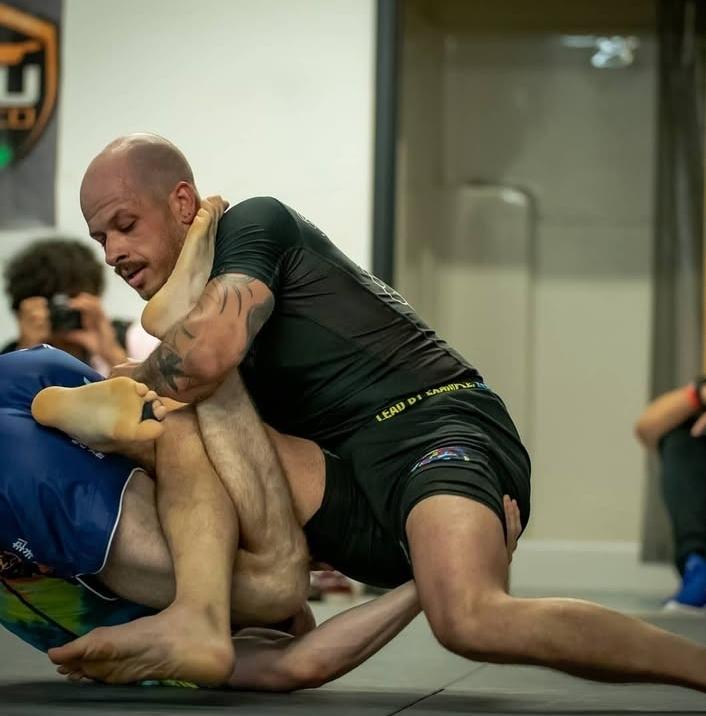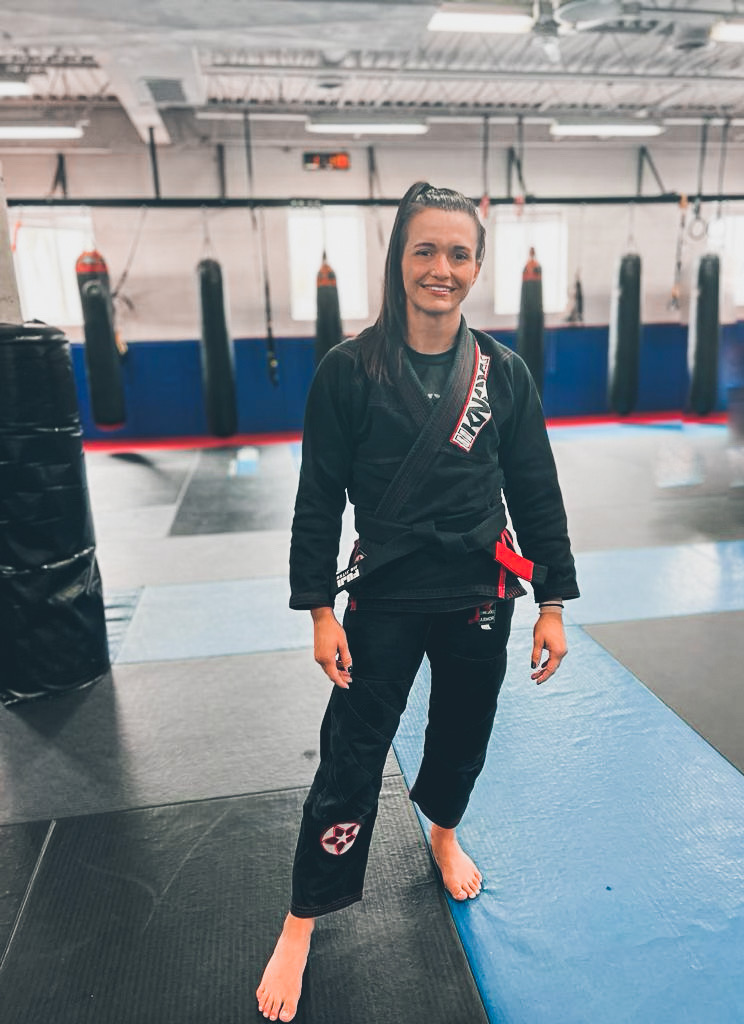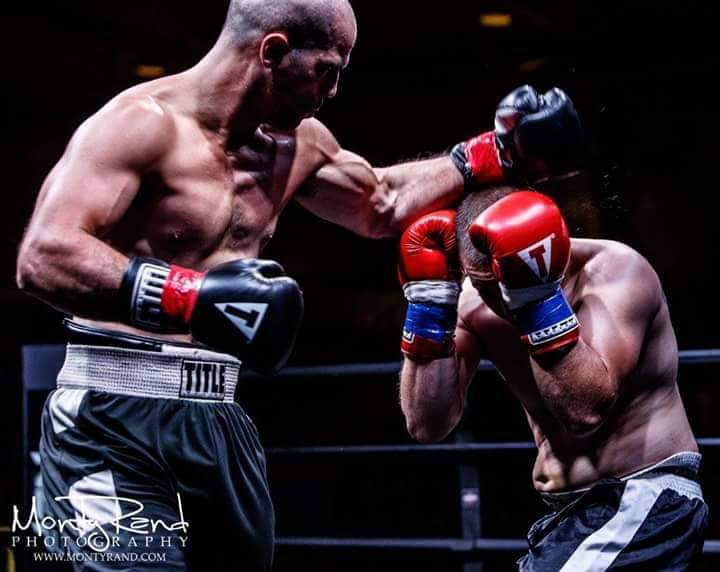Small Circle Jujitsu™
What is Small Circle Jujitsu™?
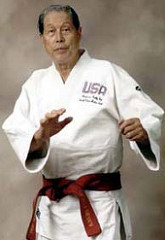 Founded by the late, great Professor Wally Jay, Small Circle Jujitsu is famous for its effective methods of controlling an attacker without causing serious harm. Although known for its devastating joint locks, Small Circle Jujitsu is a well-rounded system that has become the choice for Law Enforcement, Security, and Medical Professionals.
Founded by the late, great Professor Wally Jay, Small Circle Jujitsu is famous for its effective methods of controlling an attacker without causing serious harm. Although known for its devastating joint locks, Small Circle Jujitsu is a well-rounded system that has become the choice for Law Enforcement, Security, and Medical Professionals.
History of Small Circle Jujitsu™
Small Circle Jujitsu™ is based on the 2000 year old classical jujitsu. The founder, Professor Wally Jay studied a style known as Kodenkan Jujitsu from Professor Henry S. Okazaki in Hawaii. Beginning in 1944, Professor Wally Jay began developing his Small Circle Theory that revolutionized Jujitsu forever.
Professor Wally Jay’s teacher, Professor Okazaki had studied classical jujitsu styles of the Yoshin, Kosagabe and Iwaga ryu, as well as studying Okinawan karate, Filipino knife fighting, Hawaiian lua, the art of throwing a Spanish dirk, boxing, wrestling and kung fu. Professor Okazaki himself was something of a rebel, as he broke away from tradition on several occasions. He developed his own style of jujitsu called Kodenkan Jujitsu, as well as teaching non-Japanese, which was unheard of at the time.
Professor Jay had studied boxing, weightlifting, judo and jujitsu from various instructors before 1944, when he received his black belt in Kodenkan Danzan Ryu Jujitsu from Okazaki. Professor Jay felt that there was something missing with Jujitsu, the way he learned it. The knowledge he gained from the other disciplines and Okazaki’s own multi-disciplinary background gave him the perspective to see how classical jujitsu could be improved.
Ten Principles of Small Circle Jujtisu
- Balance
- Mobility and Stability
- Avoid the Head On Collision of Forces
- Mental Resistance and Distraction
- Focus to the Smallest Point Possible
- Energy Transfer
- Fulcrum lever base
- Sticking Control and Sensitivity
- Rotational Momentum
- Transitional Flow
- Exert Continual Pain During Transitions
- Create Maximum Pain Without Dislocating Joint
- Mobility During Transition Rather than Stability

